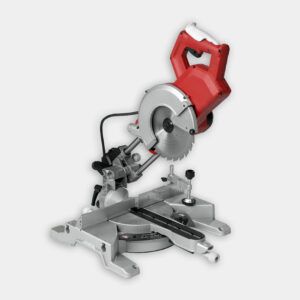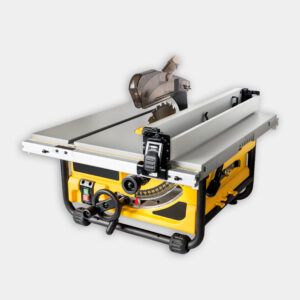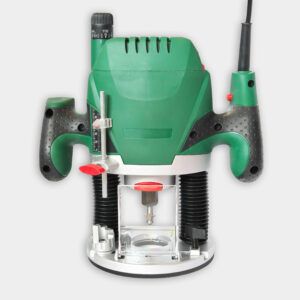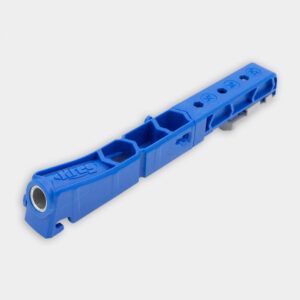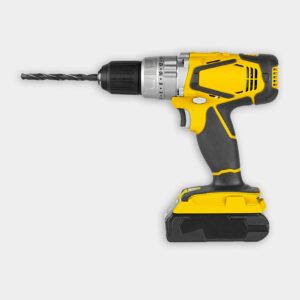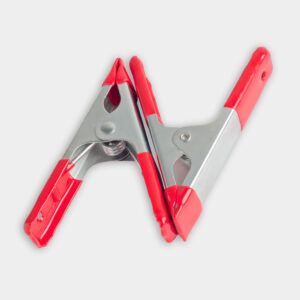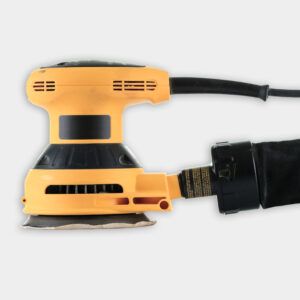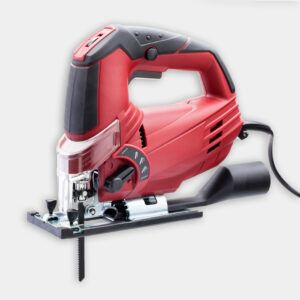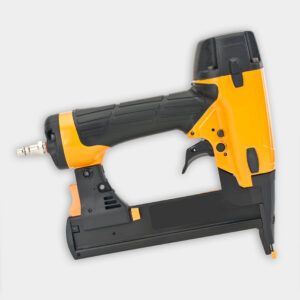Project details
Skill
Cost
Estimated Time
A custom-built toy box is the perfect solution for organizing a child’s bedroom and keeping toys off the floor. In this video and guide, This Old House general contractor Tom Silva shows host Kevin O’Connor how to construct a stylish and functional toy box that will stand the test of time.
Below, we’ll outline the steps for this project to help you follow along at home.
Materials and Tools Needed for a Holiday Toy Box
Before starting your toy box project, gather the following materials and tools.
Materials
- 1×4″ pine boards
- 1×8″ pine boards
- 1/2″ birch plywood
- Wood glue
- Pocket screws
- Brad nails
Tools
Planning and Designing the Toy Box
Unlike many other projects, this toy box doesn’t come with a cut list or specific dimensions, allowing you to customize the design. When designing your toy box, keep the following factors in mind.
- Size: Determine the appropriate dimensions based on the child’s age and available space. A toddler may need a smaller box, while an older child might need a larger one.
- Style: Choose a design that complements the room’s decor and meets your aesthetic preferences. This could include color schemes, finishes, and design elements.
- Safety: Ensure the toy box is sturdy and free from sharp edges or pinch points. Safety is always paramount.
Silva’s design incorporates several thoughtful features:
- An open top for easy access and to prevent finger injuries
- A center divider for better organization
- Decorative side panels and a curved front for visual appeal
You can include these features or add your own. We’ll list a few more options after the step-by-step guide.
Building the Toy Box
Here are the steps to follow, from cutting the pieces to finishing touches.
Step 1: Cutting the Wood
The first step involves cutting the wood to size. Properly measuring and cutting the wood ensures a precise fit for all components, which will make assembly easier.
- Use a miter saw to cut the 1×4″ and 1×8″ boards to rough lengths for the sides, front, and back of the box.
- Determine the desired angle for the top of the box using a speed square. Silva opts for a 15-degree angle.
- Mark and cut the angled pieces for the sides and top rails.
Step 2: Creating Dados and Rabbets
Creating the dados (rectangular internal grooves) and rabbets (open-edged grooves) requires precision cuts.
- Set up the table saw with a dado blade to cut grooves for the panels.
- Use a piece of scrap plywood to set the fence position, ensuring the dado is properly aligned.
- Cut dados along the perimeters of the stiles and rails, being careful not to cut all the way through on certain pieces.
- Switch to a regular saw blade and cut the plywood panels to size. The side panels should follow the same angle as the stiles.
- Use a router with a rabbeting bit to create rabbets on all panels, allowing them to fit snugly into the dados.
Step 3: Assembling the Frame
Once all pieces are cut, it’s time to assemble the frame.
- Use a pocket hole jig to drill holes for joining the frame pieces.
- Assemble the sides using pocket screws and wood glue. Slide the panels in before securing the fourth stile.
- Apply wood glue to the joints and secure them with pocket screws.
- Fill the visible pocket holes with wooden plugs and sand them flush.
- Sand all pieces of the toy box.
Step 4: Adding Decorative Elements
Adding decorative elements enhances the toy box’s appearance. Silva chose to add some curves into the front corners and lower front frame.
- Cut a rabbet on the back of the two sides to accommodate the back panel.
- Use a router to add a curved edge to the front corners of the side panels. Sand the edges.
- Create an arched bottom on the front panel by tracing a curve. Do this by putting a nail at the center of the desired arch, hold a scrap piece of wood tight to the bottom front corners, and trace the curve with a pencil.
- Cut out the curve with a jigsaw.
Step 5: Installing the Bottom and Divider
The bottom and divider create organized storage space within the toy box.
- Add cleats to the bottom of the front and sides to support the bottom panel.
- Cut dados in the front, back, and bottom to accept the center divider.
- Glue and nail the bottom panel onto the cleats.
- Slide the center divider into place.
- Transfer measurements from the sides of the box to the center divider and cut it parallel to the sides using the jigsaw. The height should be slightly shorter than the side panels by about an inch.
- Nail the center divider to the back of the box.
Step 6: Finishing Touches
The final touches give the toy box a polished look.
- Cut a top shelf to the correct width and length, rounding the edges with a router.
- Sand all surfaces thoroughly to ensure a smooth finish.
- Install the shelf with pocket screws.
- Fill any remaining holes, prime, and paint the toy box as desired.
Safety Considerations When Building a Toy Box
When building a toy box for children, safety should be a top priority. Keep these points in mind:
- Avoid using a lid hinge that could slam shut on little fingers.
- Sand all edges and corners to prevent splinters and injuries.
- Use child-safe paint or finish that is non-toxic and easy to clean.
- Ensure the toy box is stable and won’t tip over when in use.
Toy Box Customization Options
While Silva’s design offers a great starting point, you can customize your toy box in various ways. Here are some ideas.
- Paint or stain the wood: Match the room’s color scheme for a cohesive look.
- Add decorative elements: Enhance the appearance with stencils, decals, or other artistic touches.
- Install casters: Make the toy box mobile for easy room rearrangement.
- Make it a seat: If the box is large enough, create additional seating by adding a padded cushion on top.
